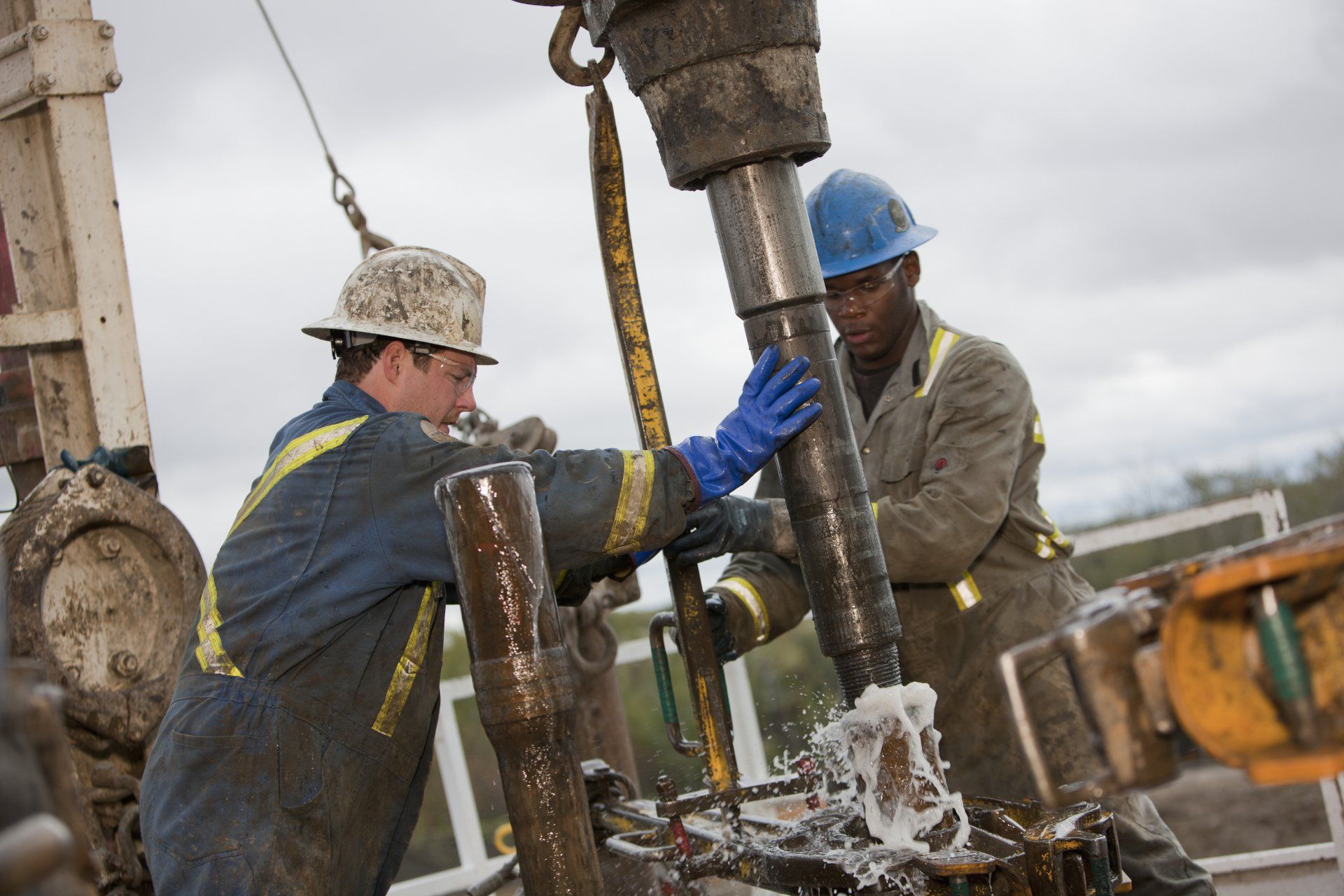Mineral rights and royalty owners have the unique advantage of possessing financial agility and the means to build generational wealth for their family and retirement if they handle their mineral rights properly.
At Rock River Minerals, we understand this unique advantage comes with numerous questions that the discerning mineral rights and royalty owner asks regularly. Answers to these questions can help owners best navigate their mineral rights and royalty ownership.
The following three questions are among the most frequently asked by mineral rights and royalty owners here at Rock River Minerals, and our answers can give them a better idea of how their mineral rights can best serve their investment needs.
1. What are the tax consequences related to divesting mineral rights and royalties?
For many mineral rights and royalty owners, tax season can be a confusing and stressful time. Tax-related questions are among the top inquiries we receive at Rock River Minerals – and between state income taxes, royalty and bonus income tax deductions, bonus income tax rates and royalty income rates – this is entirely understandable. The government treats any income you make on your oil and gas in a given year as taxable income, and they tax it at your marginal tax rate, which can vary depending on your tax bracket. Keep in mind that this type of income is taxed in addition to the monthly paycheck you earn.
Many find that one of the most significant advantages of divesting your mineral rights and royalties is the subsequent tax treatment and how it differs from leasing minerals that are subject to yearly income tax. The IRS considers the sale of mineral rights to be a “capital gain event,” which receives favorable tax treatment for mineral rights and royalty owners within the U.S. tax code. A capital gains tax is typically lower than income tax and not assessed on the proceeds of the entire sale, but rather on the profits, or gains. Lower taxes means that you could stand to profit more from selling over leasing over a longer period of time.
It is important to remember that this information is largely generalized, and it is meant to address basic royalty tax concerns. Please consult with a professional tax accountant as the best means of acquiring knowledge concerning your unique situation, and the tax consequences you will face when divesting your mineral rights and royalties.
2. Should I retain an attorney?
Leasing mineral rights can be a complicated and nuanced process. As such, many mineral rights and royalty owners consider hiring a lawyer to help streamline the process and ensure they are receiving the best deal on their mineral rights.
However, there is a big difference between needing an attorney and whether you should have an attorney, and the answer is different for different people.
First, when negotiating an oil and gas lease, your need for a lawyer will largely depend on your knowledge of oil and gas lease terminology and prior experience in negotiating such leases. However, you must also consider the amount of time you have at your disposal, as negotiating a gas lease is often a time-consuming endeavor.
If you do have a substantial amount of experience and are confident you can successfully negotiate various deal points before signing a lease, you can save a considerable amount of money on legal fees. However, it is still advisable to hire a lawyer to review the final lease before signing to ensure all deal points appear in the lease in an agreed-upon manner.
If you choose to negotiate an oil and gas lease without prior experience or sufficient knowledge, you risk prolonging the process. It is likely that when you do hire an attorney to review a final draft, they will need to make substantial changes that will require payment.
While hiring a lawyer to negotiate may sound like a fee you can elect to avoid in the process of leasing or selling your mineral rights and royalties, consider instead that a lawyer can act as an invaluable and experienced advisor to have at your side in the lease negotiation process. Mineral rights lawyers understand the local market, as well as the going price of other leases in the area. They also have a wealth of knowledge concerning the tendencies of various oil and gas companies and are familiar with common negotiation points (i.e., the points in a lease where a company may coalesce). This experience also means they know which companies in the market are reputable, and they can advise you accordingly.
In consideration of these benefits, many find that hiring an attorney is the most prudent route you can take for your oil and gas lease. If you are concerned about legal fees, here are a couple of tips to keep costs at a minimum:
- Make sure you are prepared before each meeting with your lawyer and have written down exactly what you want to cover to keep meetings and calls as short as possible.
- Refrain from emailing your attorney with questions outside of these meetings, as many attorneys charge for the time they spend responding to emails
3. Am I “locked-in” to sell my minerals when I execute the contract? What happens if the title review shows I own substantially less than anticipated?
If you have taken steps towards selling your mineral and royalty rights and subsequently settled on a reputable buyer and a negotiated purchase price, it is customary that both parties – the buyer and the seller – proceed with signing a Purchase Sale Agreement, or PSA.
A PSA is a document that states the final selling price and terms of the purchase after an offer is accepted. The agreement is legally binding, so you – the seller – must understand all terms before signing. After signing, you will be locked-in to the agreed-upon terms.
When a PSA is signed, the buyer then sends a landman to the county courthouse to conduct a title review. A title review is a due diligence process that typically spans 30 days and confirms your ownership of the land agreed-upon in the PSA. It outlines historical ownership of the property, as well as any separations and transfer of mineral rights and royalties from the surface rights.
If the title review process indicates that you have a clear and marketable title, the buyer will prepare the necessary conveyance documents at their own expense. However, if the title review indicates title defects and discrepancies, you may be liable for the substantial fees required to fix them.
The Takeaway
At Rock River Minerals, we understand that divesting mineral and royalty rights is an incredibly nuanced process requiring diligence, research, and guidance. Our expert staff is always on hand to work with you in navigating any questions you may have when it comes to finding a solution for your mineral rights and royalties.
Contact our offices today.
1 Forbes.com. (2017, December 17). The New 2018 Federal Income Tax Brackets & Rates. Retrieved from https://www.forbes.com/sites/robertberger/2017/12/17/the-new-2018-federal-income-tax-brackets-rates/#16f877cc292a
The content of this website is provided solely for general informational purposes, and not as legal or other professional advice.
The information on this website is not a substitute for, and does not replace the advice or representation of, a licensed attorney, certified public accountant or other professional. Although Rock River Minerals goes to great lengths to make sure the information on the website is accurate and up-to-date, we make no claim as to the accuracy of this information and are not responsible for any consequences that may result from reliance on the information contained in this website.
We recommend that you consult with a licensed attorney for assurance that the information on the website and your interpretation of it are appropriate for your particular situation. You should not rely on this website as a source of legal advice.


